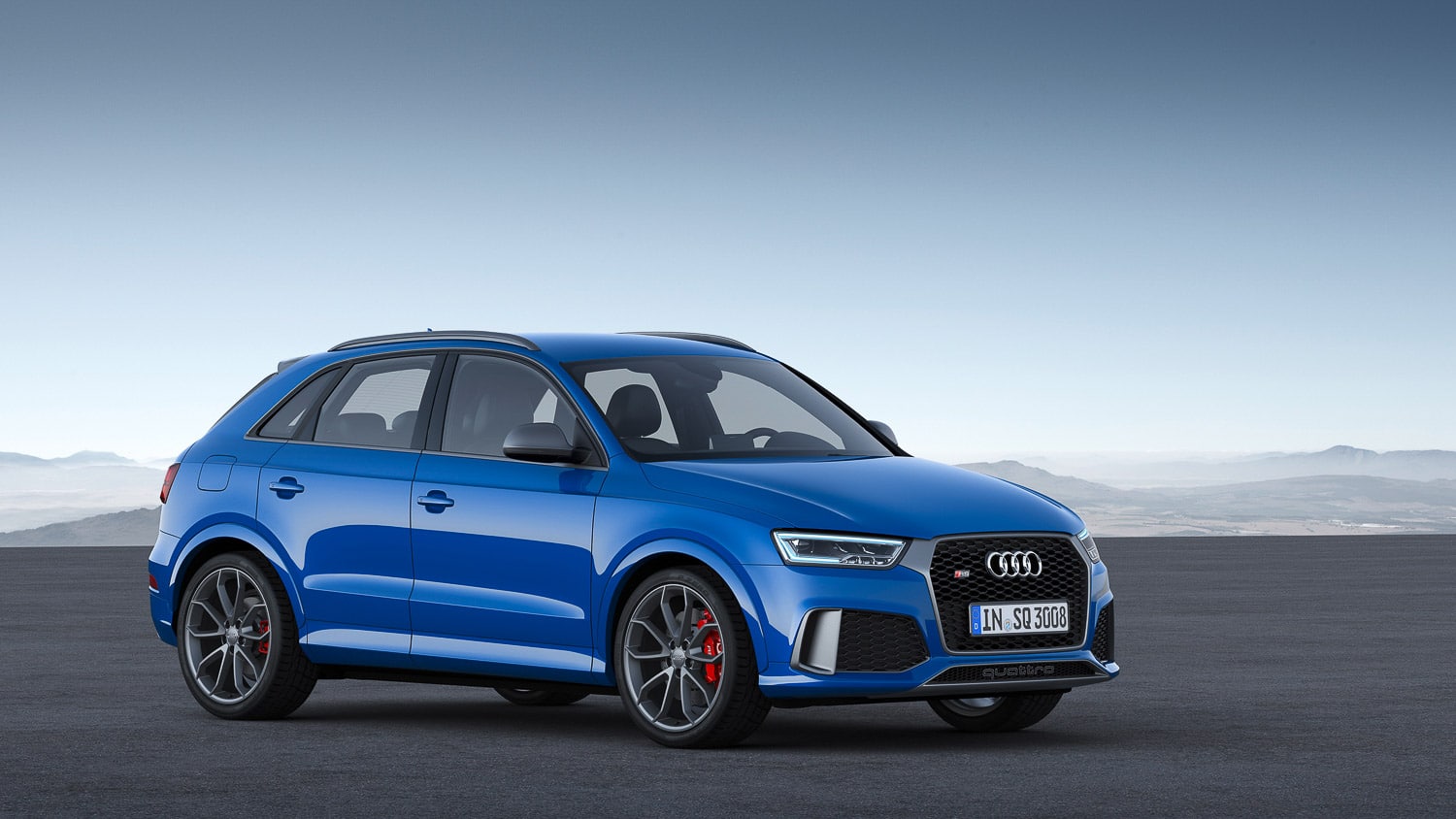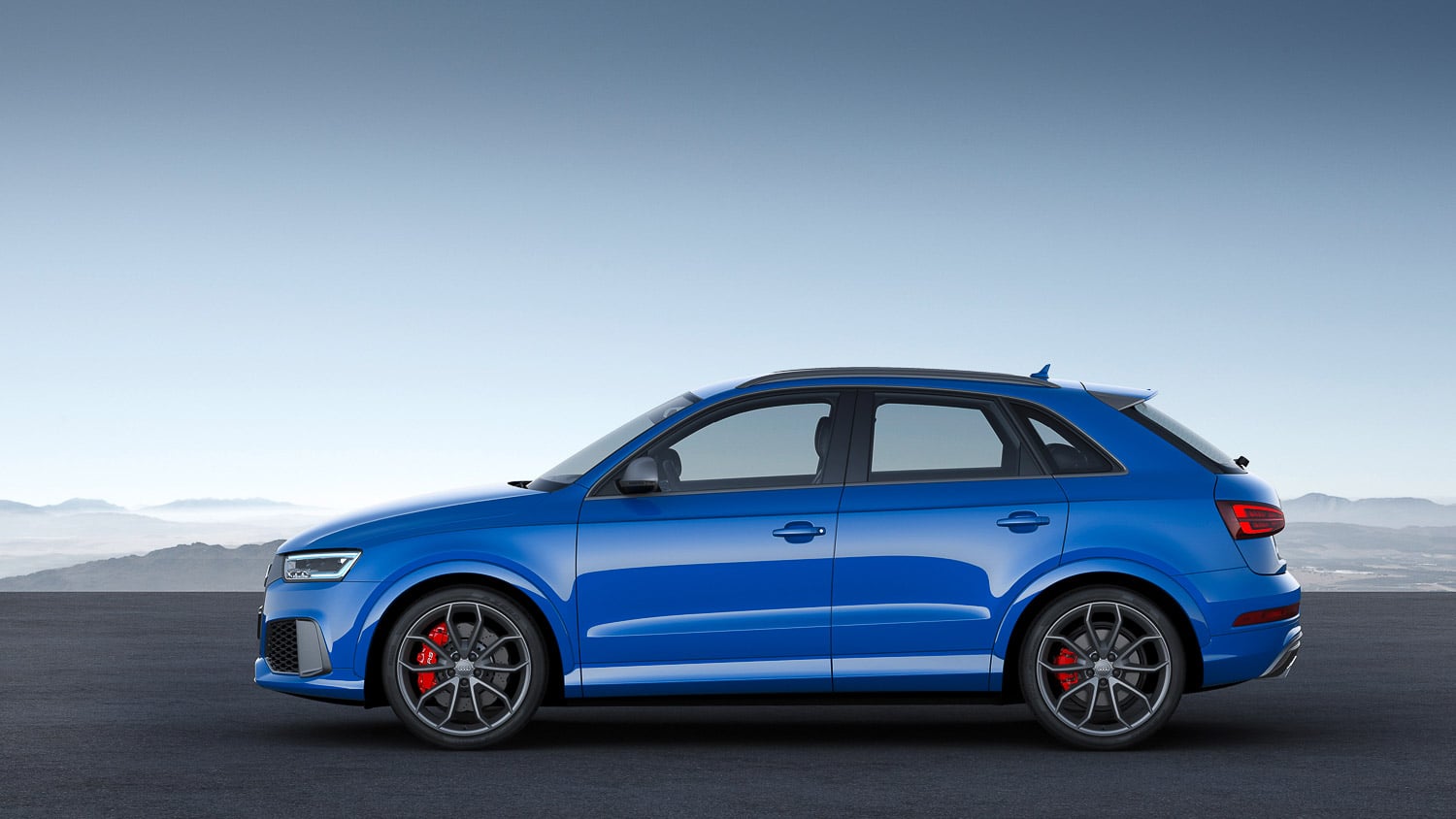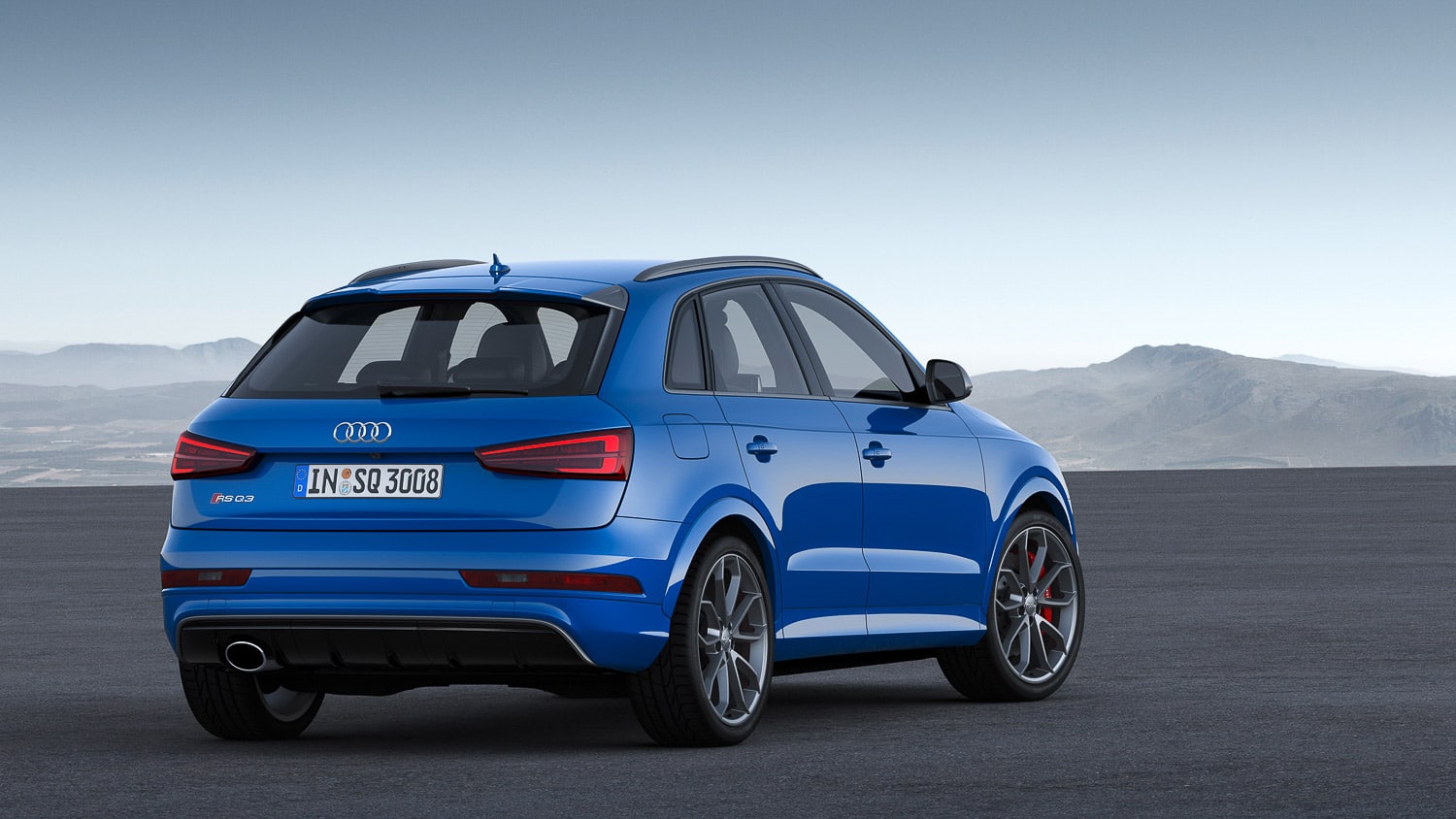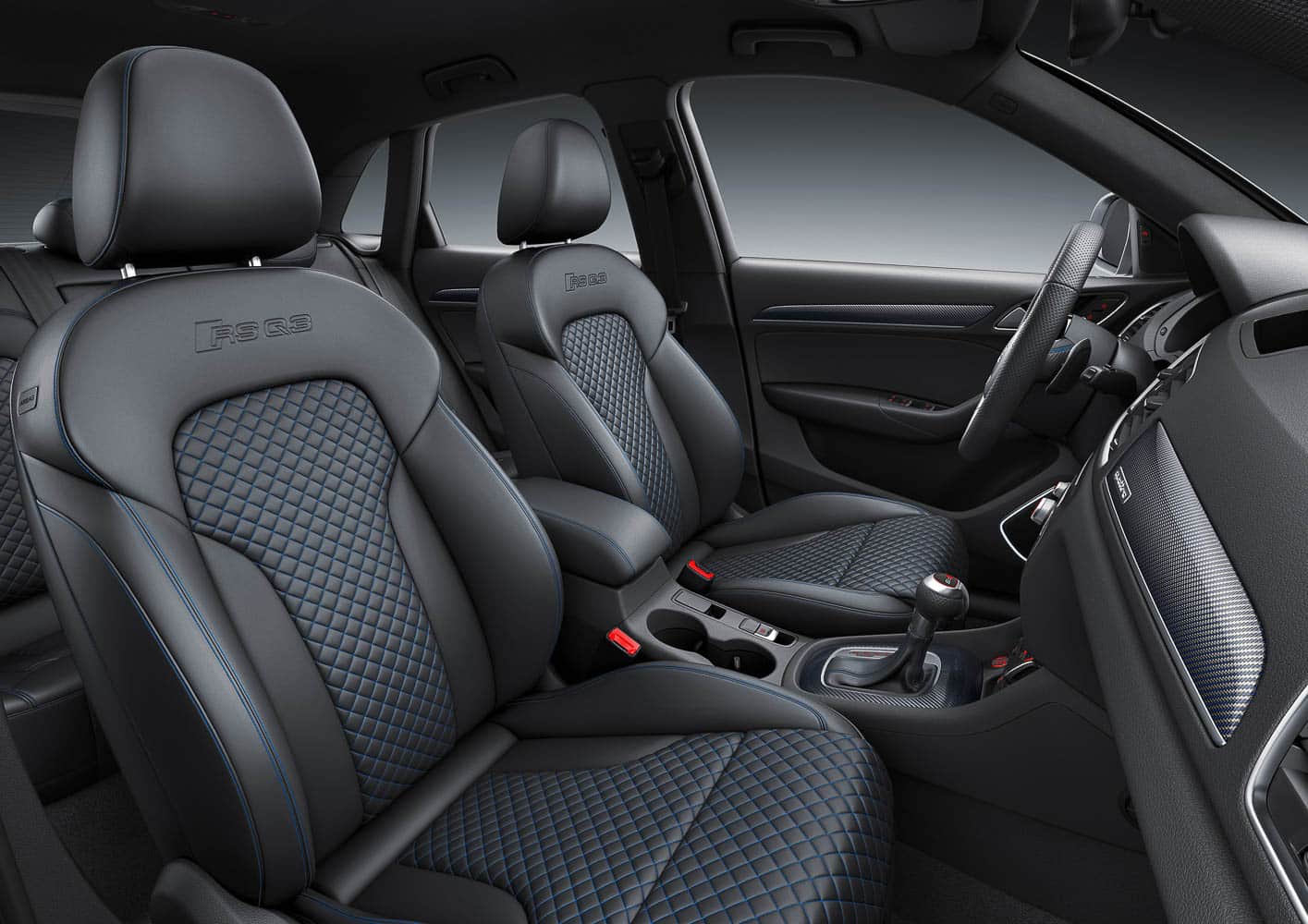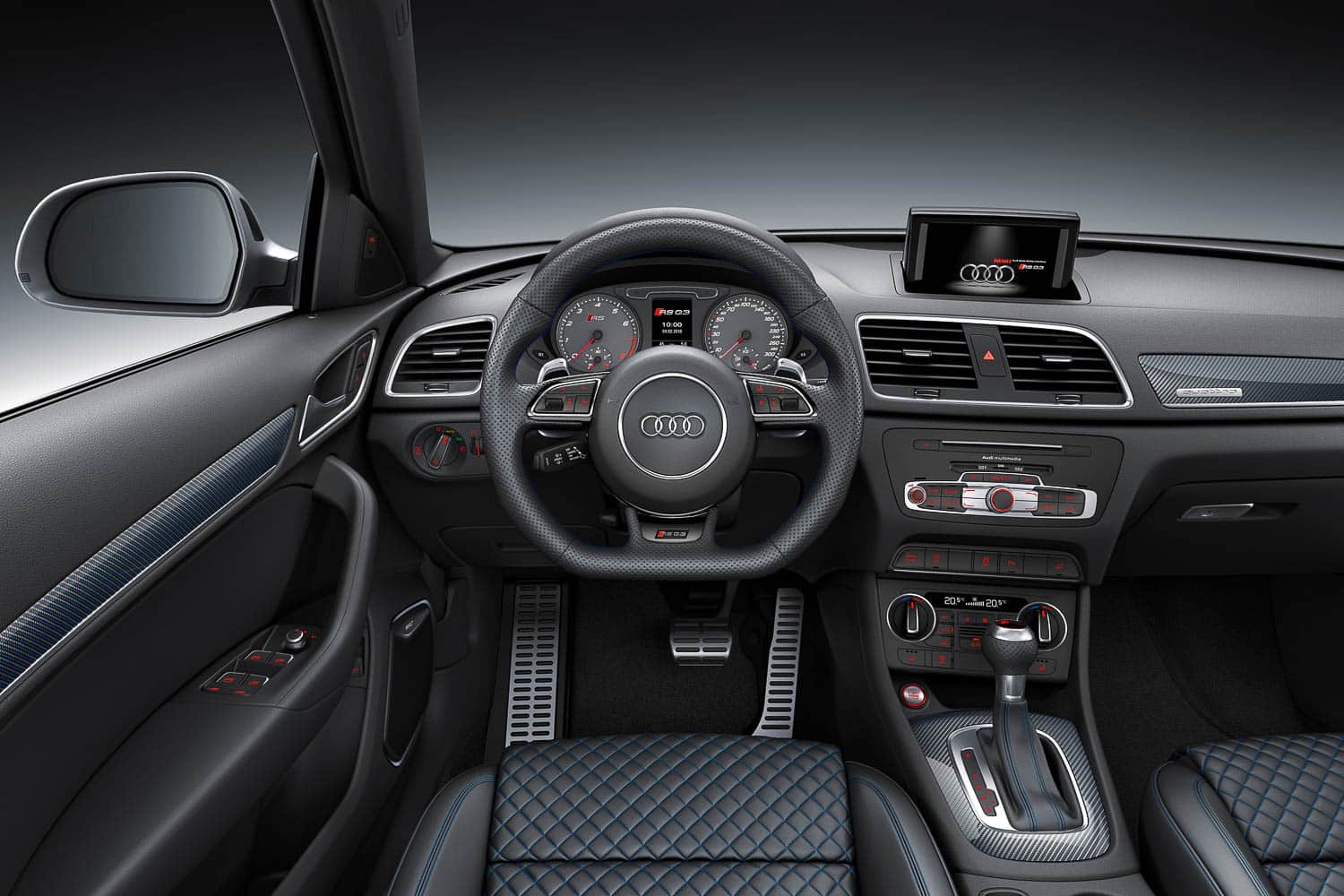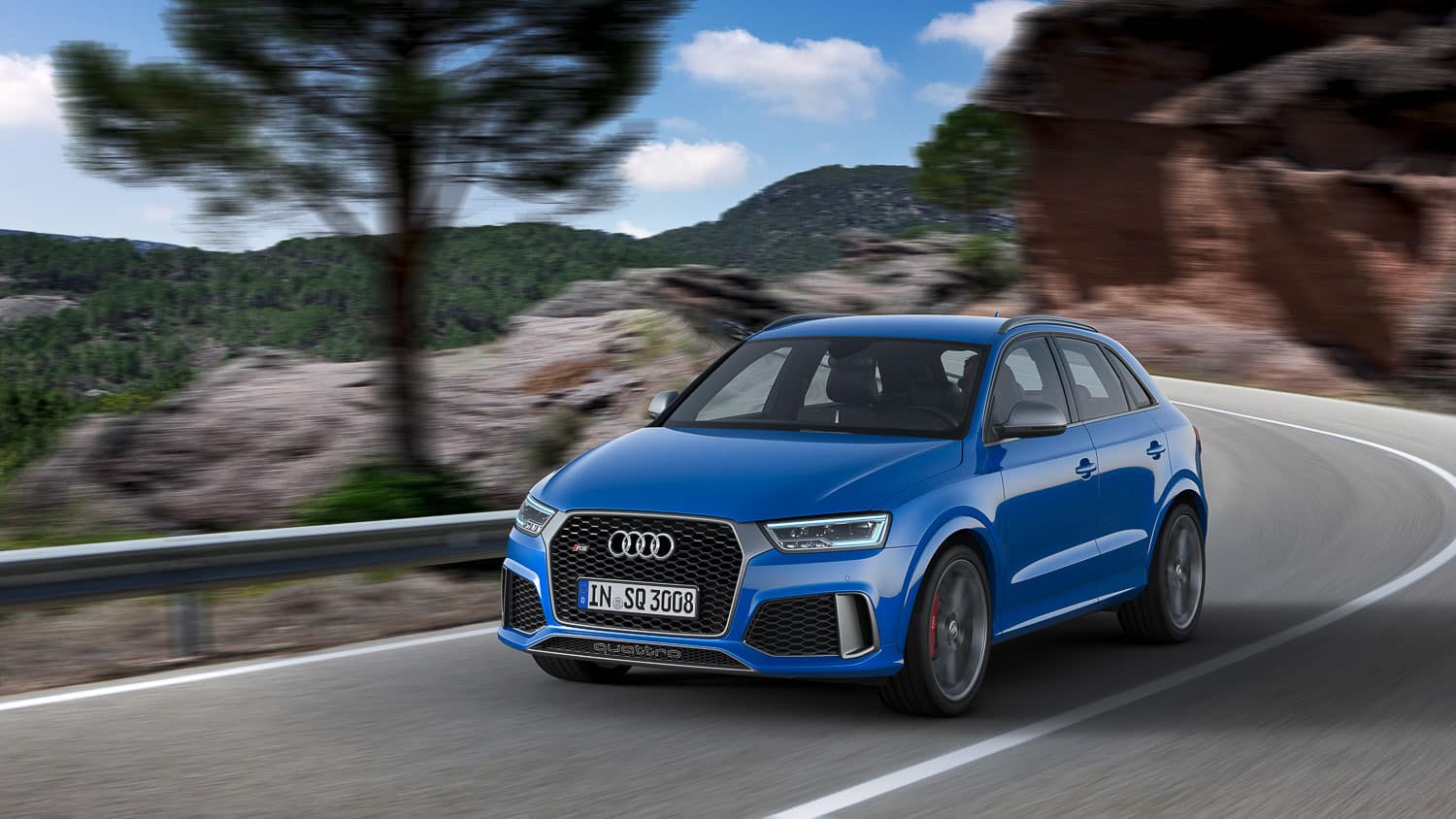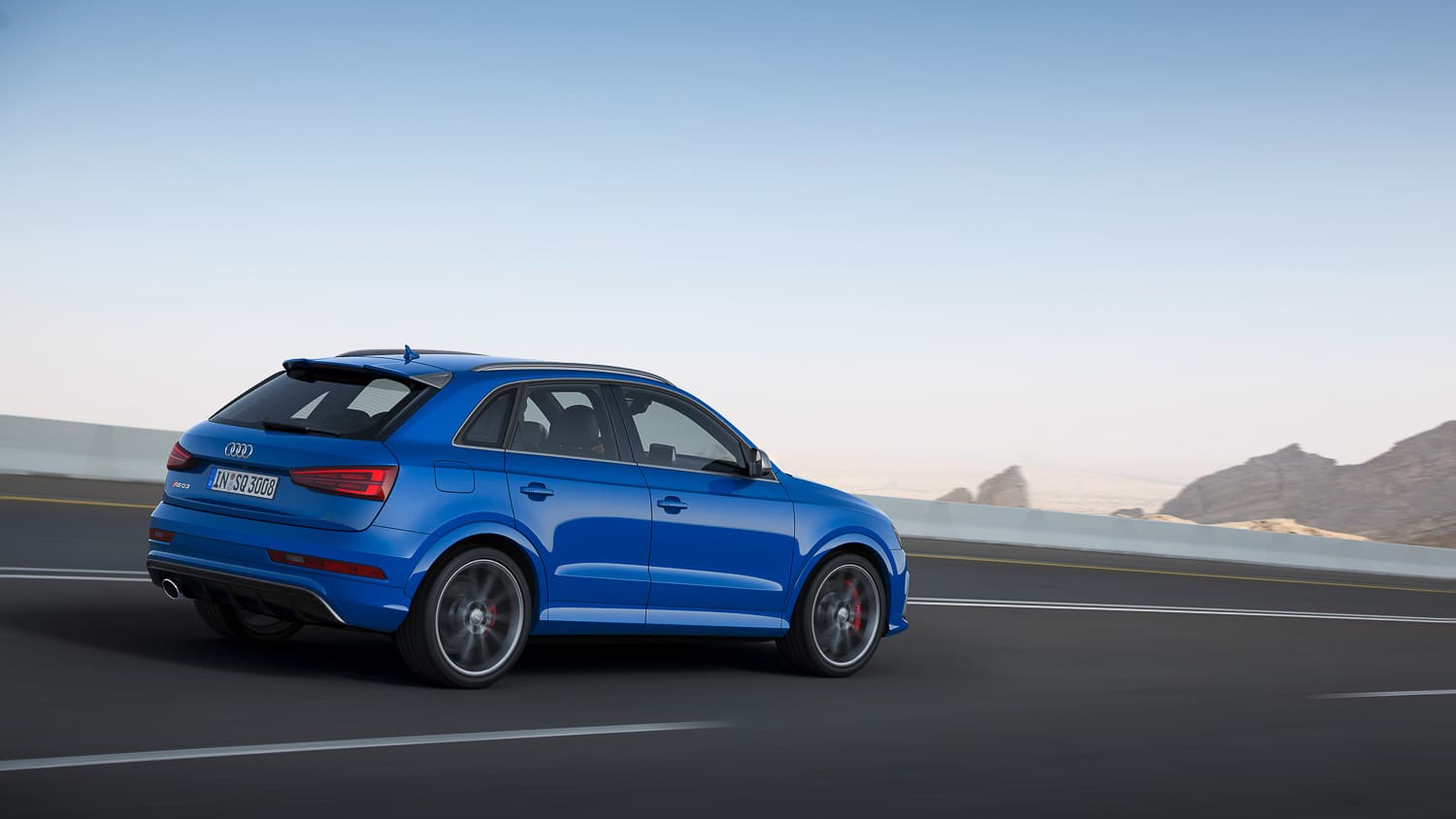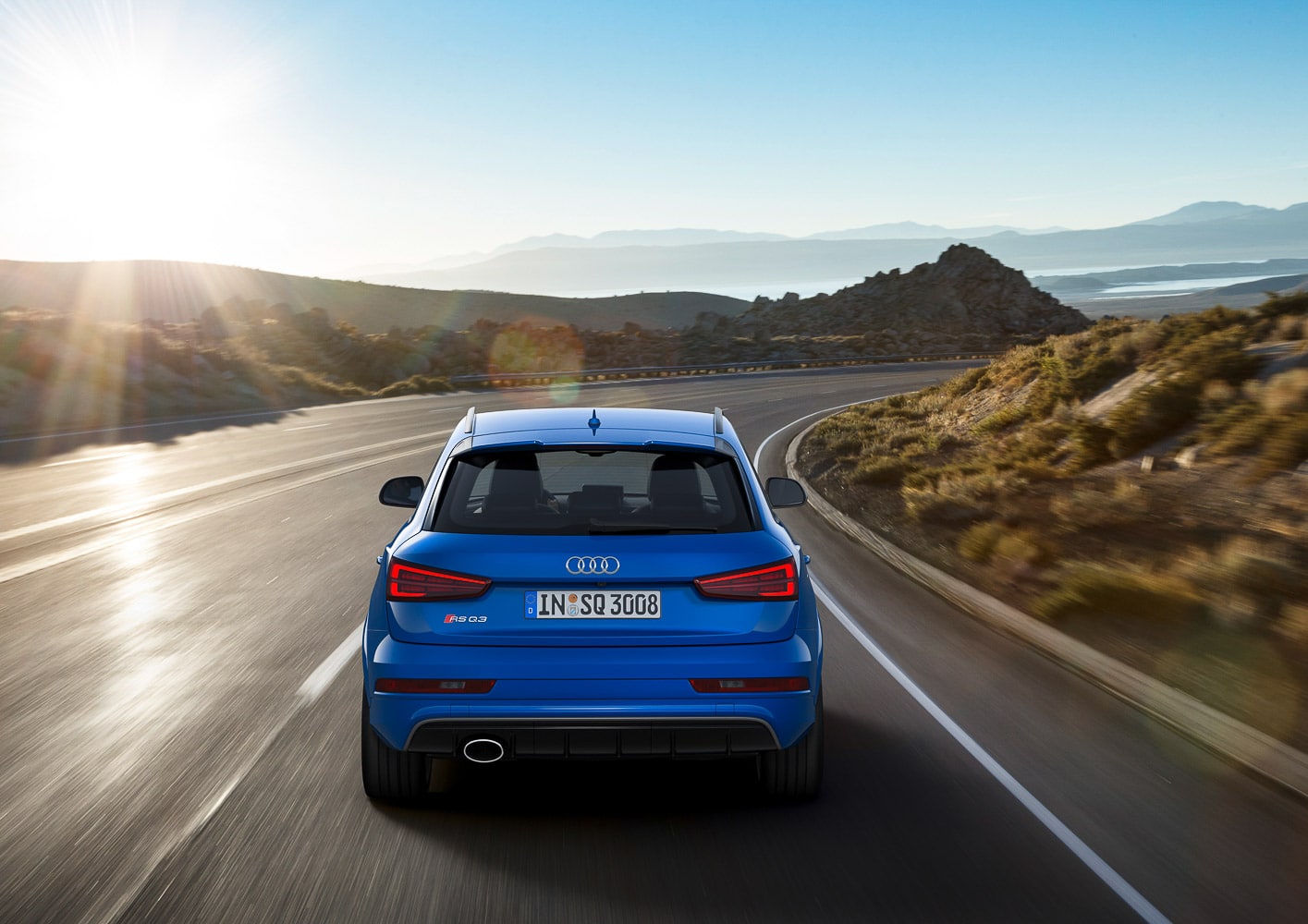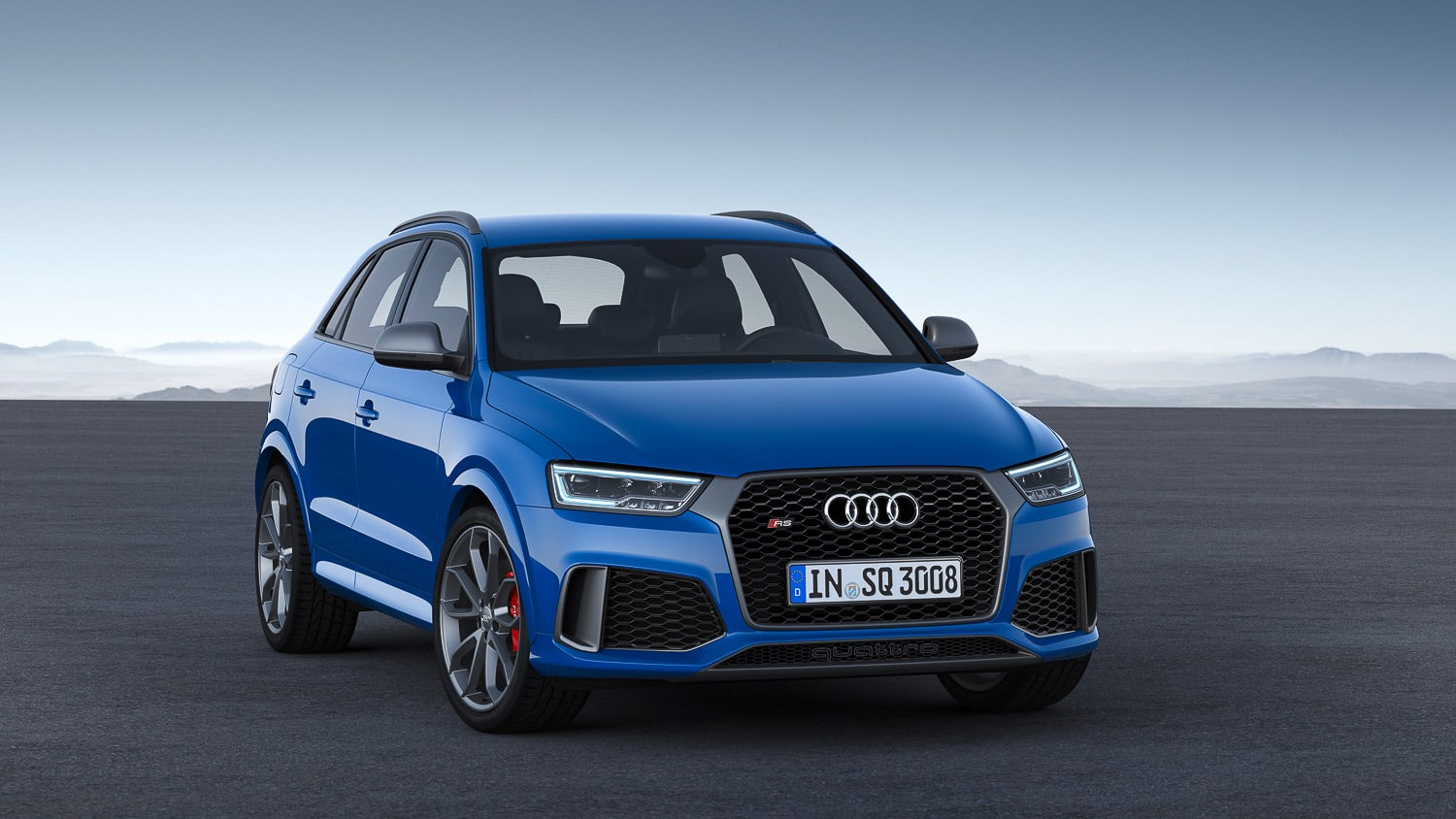data-animation-override>
“The Audi five-cylinder engine, in our opinion, is the only engine that they should produce. Yes, their barking, high-compression, naturally aspirated V8s are cool too, but nothing compares to the sound of a boost five. Now you can get the sound with Audi crossover comfort and versatility”
I have a very strong connection with Audi’s five-cylinder–powered vehicles as my very first vehicle was an Audi 90 Quattro. It packed the extremely slow, yet surprisingly torquey single-cam KV engine, which was good for around 97kW (130hp). Thankfully, things have changed drastically since then, and Audi now release much more powerful versions of the same layout, and this time it’s based in the Audi RS Q3.
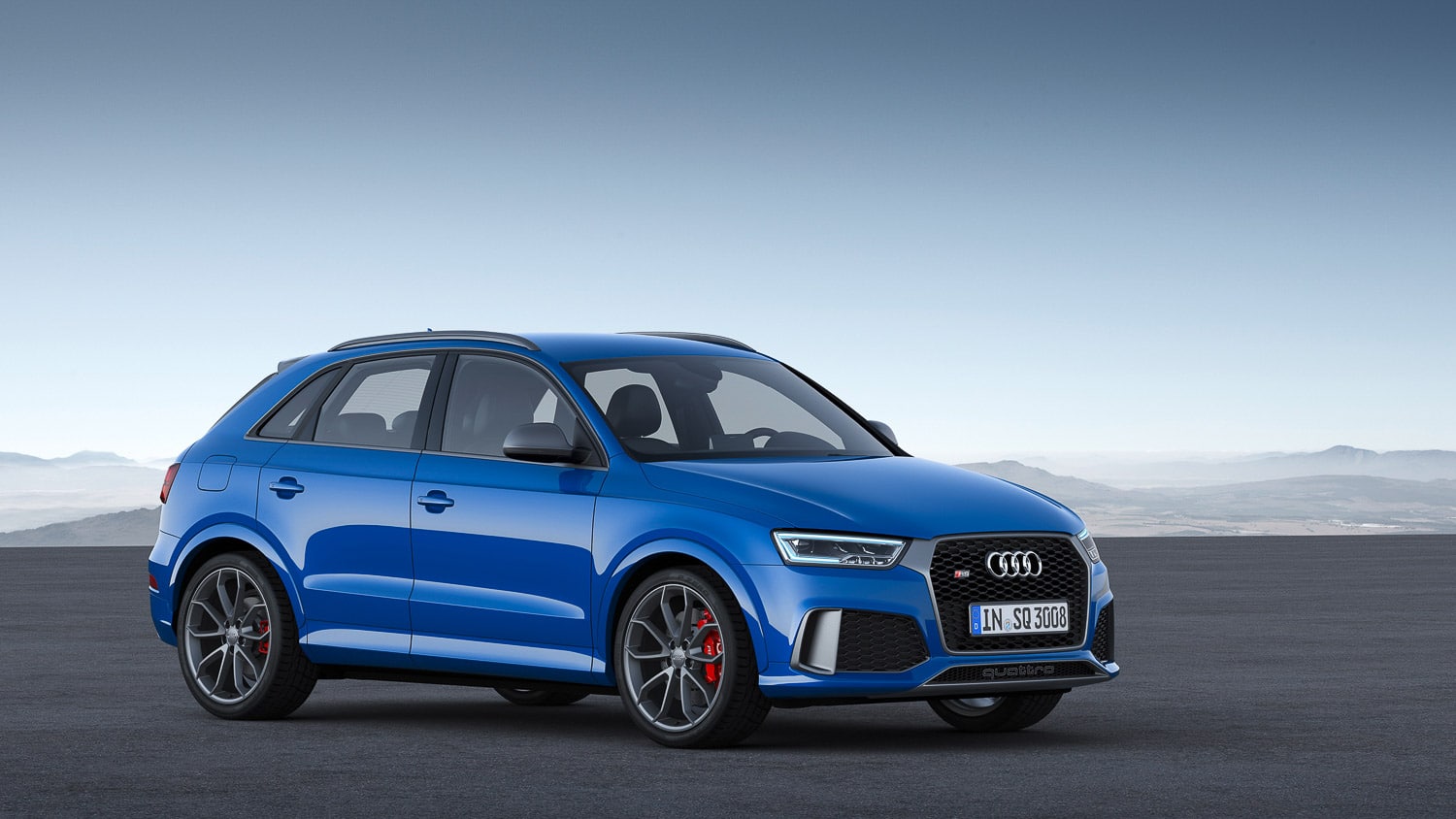
The Audi crossover platform, usually dubbed ‘Q’ something, are an interesting breed of vehicle that cater for the practical-performance enthusiast. They’re a touch higher than the non-crossover version, and usually feature the full range of engines available from the German automaker. In this case, it’s the RS3 that has been lifted, and boosted.
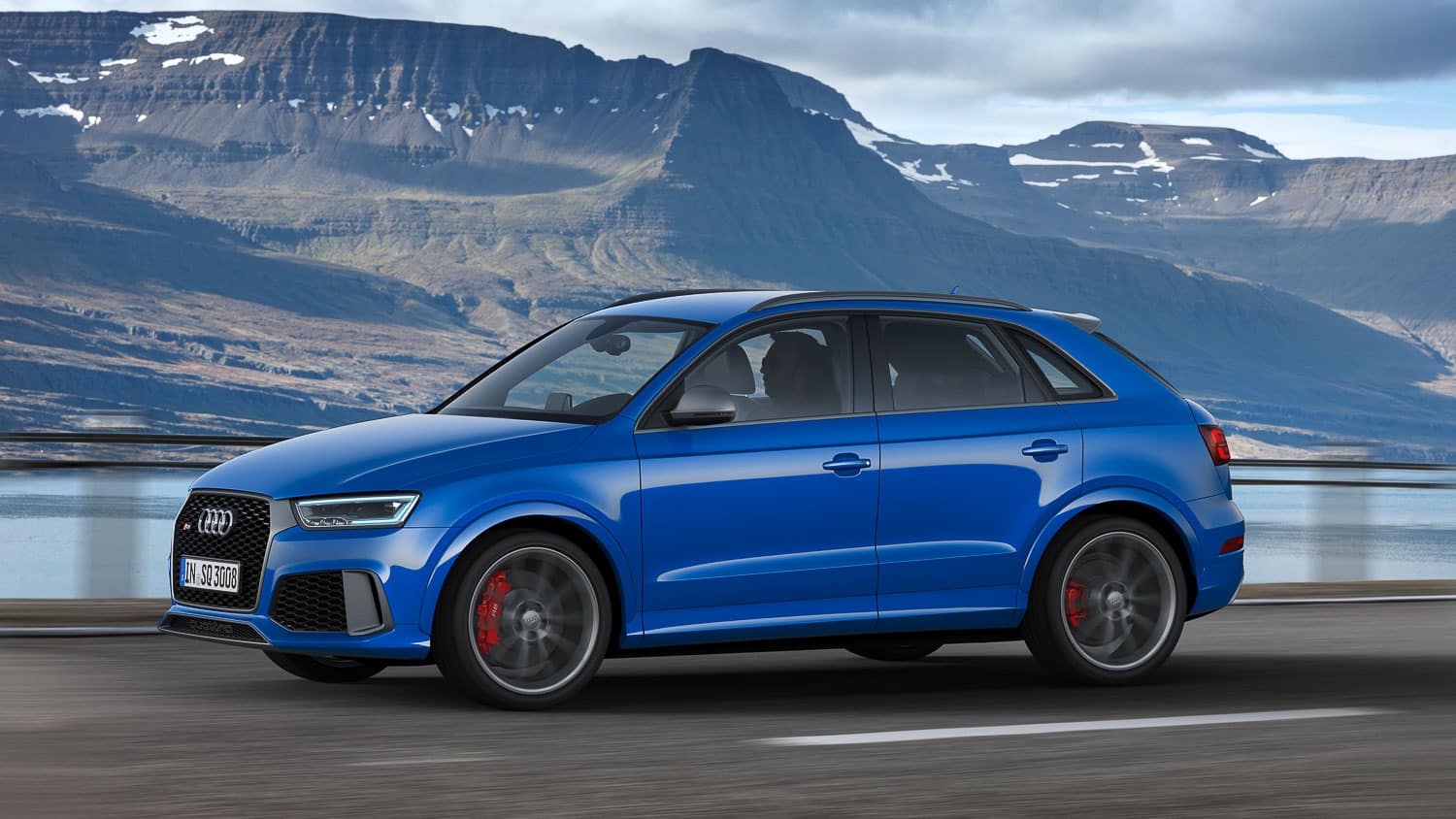
We’re not sure why you’d want oodles of power in a crossover vehicle, however Audi seem to build a chassis that is extremely capable of handling it. The Audi RS Q3 packs a 2.5-litre DOHC in-line five, with TFSI technology, a turbocharger, and a beautiful soundtrack. It’s one hell of an engine too; it packs 250kW (335hp), but more impressively 420Nm (310lb/ft) of torque, available from 1500–5200rpm — mind-boggling. All of this is good for 0–100kph times of around 5.5 seconds, and an electronically limited top speed of 250kph.
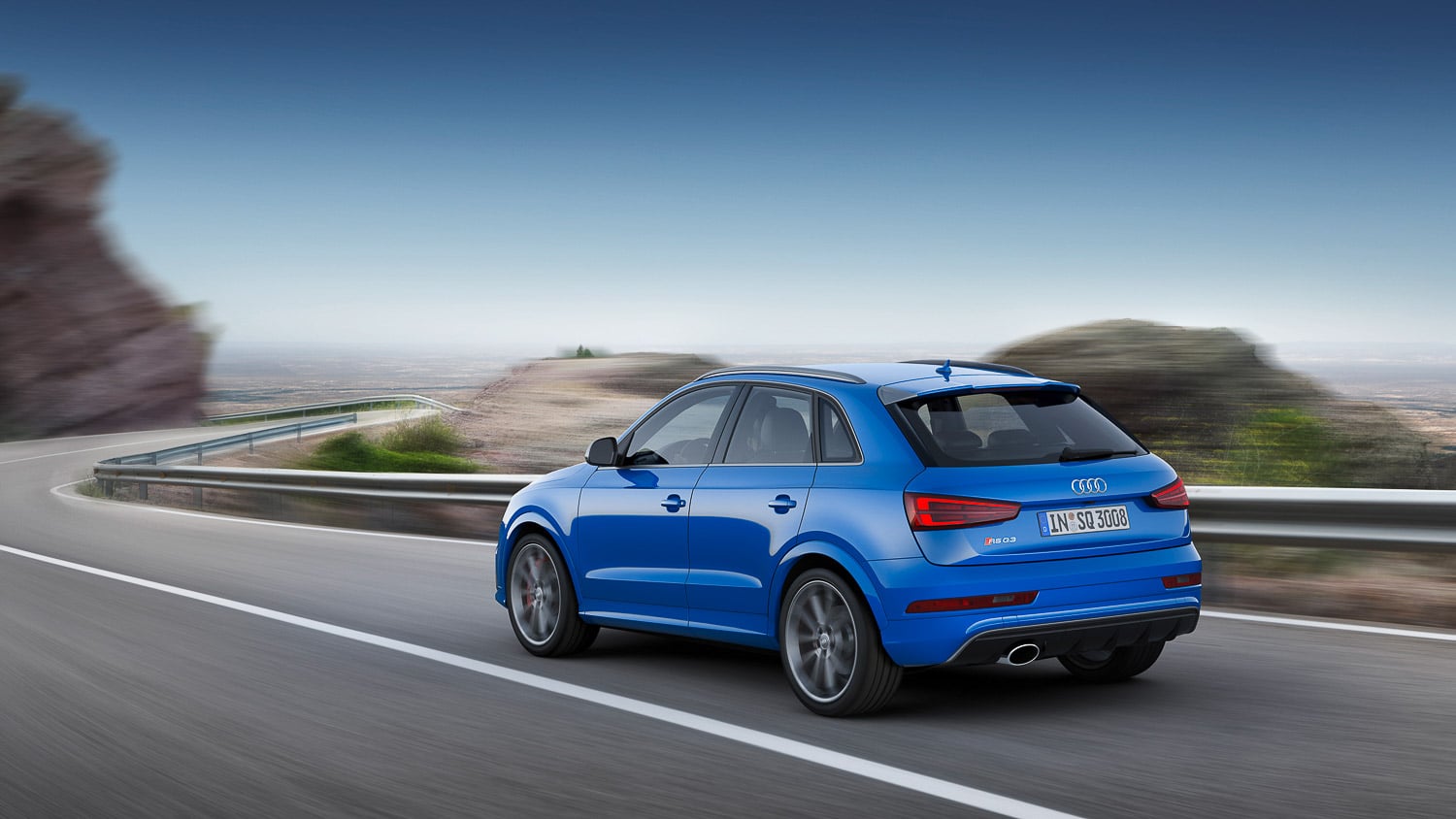
If you aren’t familiar with the TFSI technology, it’s basically the use of high-pressure fuel pumps, that inject fuel into the engine at pressures as high as 125 bar (1813psi). This high-pressure fuel is injected into air that has been ‘tumbled’ into a spin by pneumatically controlled flaps in the intake. The intense swirling creates a cooling sensation on the cylinder walls, and, as a result, Audi were able to raise the compression ratio, efficiency, and power output on their engines.

To back the powerful and efficient engine, Audi have chosen a seven-speed dual-clutch transmission that really makes the most of the engine’s torque curve, and allows gears to be changed within microseconds. To get all 250kW of power to the ground, Audi use their extremely capable hydraulically actuated and electronically controlled all-wheel drive system.
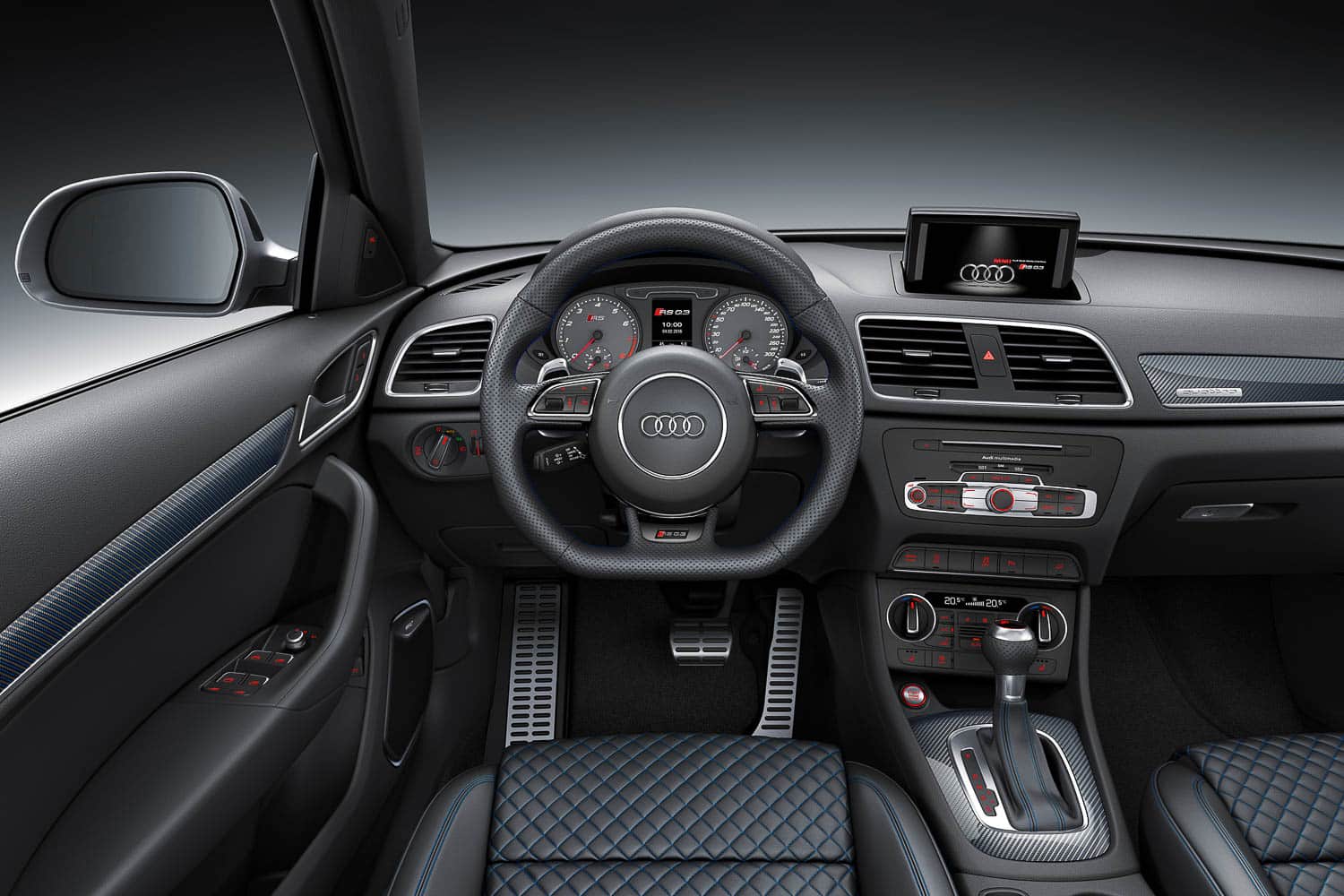
What Audi have produced is a fantastic crossover that will no doubt have the nostalgia feels going wild. Throw a straight-through exhaust system on there, an intake, and some more boost and you’ll have something that resembles a Group B rally machine in no time!
We’ll let the photos do the talking for the interior and exterior, as we really just wanted to ramble on about the rumbling five under the hood.





